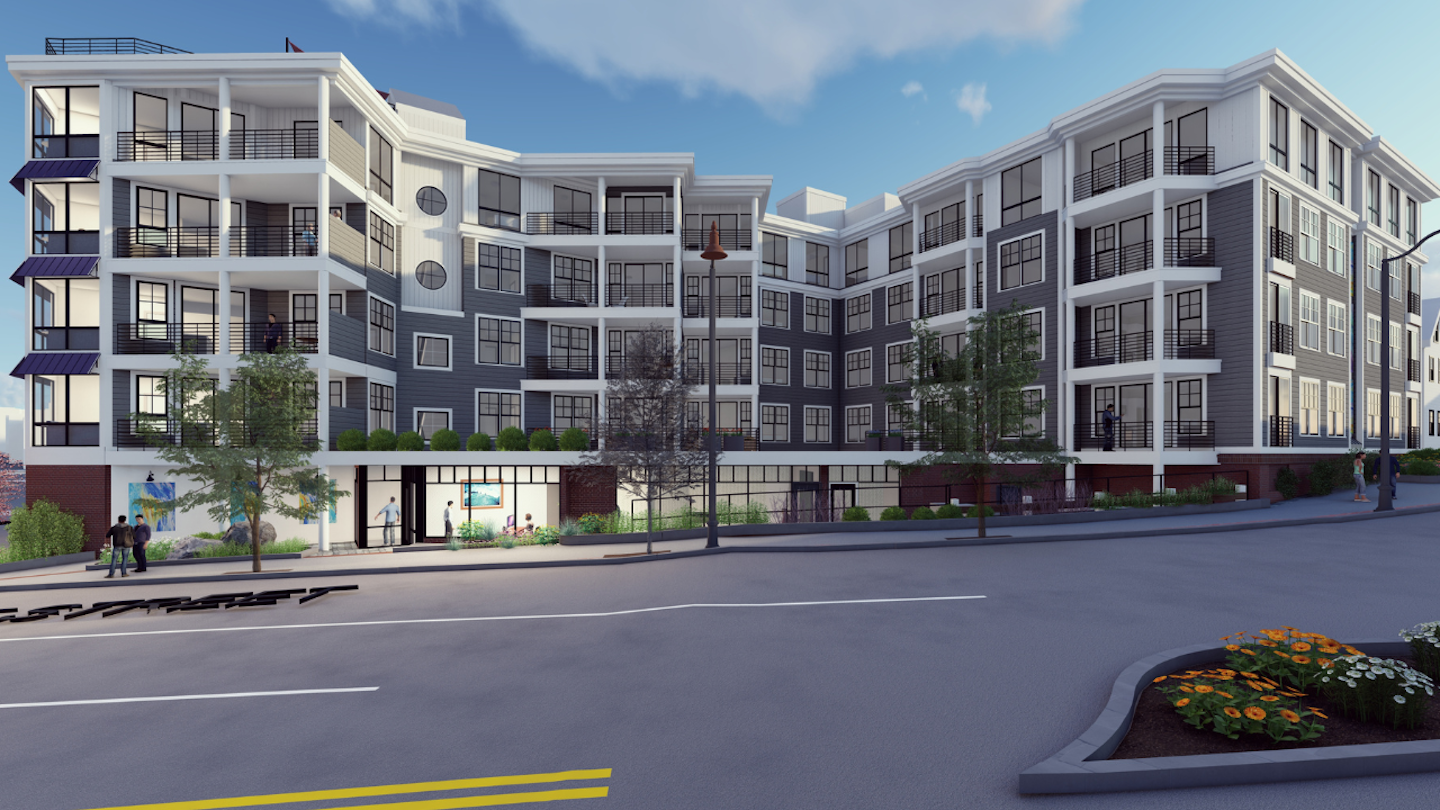
The shift to remote work post-pandemic transformed not just our routines but also the spaces we live in. As more people adapted to working from home, the demand for functional, dedicated coworking spaces within apartments skyrocketed.
Now, years later, we’re left wondering: is this trend here to stay, or is it just another phase in the ever-changing housing market?
Developers have had to rethink what apartment living looks like in a world where the home office is no longer a luxury but a necessity. In recent years, we’ve seen an explosion of features like built-in office nooks, co-working lounges, and soundproof phone booths in new multifamily developments. These additions help residents maintain productivity while preserving the work-life balance that can so easily blur when home and office become one.
However, while work-from-home amenities are in demand now, there’s an open question about their long-term viability. Some companies, including major players like Amazon, have begun enforcing return-to-office policies.
Yet, the numbers show that remote work—at least in some form—isn’t going anywhere. The ability to work from home, even part-time, has become a significant factor for renters choosing their next living space.
This trend has blurred the lines between residential and commercial real estate. As office-to-residential conversion projects gain popularity, multifamily developers are increasingly incorporating features traditionally found in office buildings—such as conference rooms, private workspaces, and business centers—into their apartment designs. The result is that these buildings not only provide a place to live but also serve as fully equipped workspaces.
But what does this mean for the future? Will the demand for these features remain as strong five or ten years from now? While it’s impossible to predict with certainty, the hybrid work model appears to be a long-term shift rather than a temporary reaction to the pandemic. Even as some companies push for in-person work, employees have grown accustomed to the flexibility of working remotely. Many will continue to prioritize housing that supports this lifestyle.
Beyond the work-from-home evolution, another major shift is happening in the multifamily sector—the reevaluation of what "luxury" really means. For years, developers have focused on high-end finishes, resort-style pools, and exclusive amenities. But with rising housing costs and changing renter priorities, there's a growing recognition that true value lies in functionality as much as aesthetics.
Younger generations are showing less interest in traditional homeownership and more in flexible, experience-driven lifestyles. That means apartments that prioritize convenience, smart design, and community-oriented features will likely outperform those focused purely on upscale aesthetics. Spaces that can adapt to changing work habits, offer a mix of privacy and collaboration, and provide seamless access to urban environments will define the next wave of multifamily housing.
The future of work-from-home in multifamily housing isn't just about adding a desk in the corner of an apartment. It's about rethinking how people interact with their living spaces—how they balance productivity with social connection and how housing can evolve to meet their needs over time.
Developers who recognize these shifting priorities and design with flexibility in mind will be the ones leading the industry forward. While trends will continue to evolve, one thing remains clear: the way we live and work is forever intertwined, and our homes must reflect that reality.

Discover why boutique multifamily buildings outperform their larger competitors by focusing on curated experiences, intentional design, and emotionally resonant branding.

Discover how data-driven branding strategies can accelerate leasing, boost NOI, and turn your multifamily property's identity into a measurable performance asset.

Your brand’s reputation is built—or broken—at the leasing desk. Are you ready to unify leasing and marketing to protect it?

Remember when we all DIY dip-dyed our hair in Kool-aide and learned just because you can do it yourself doesn't mean you should? This week we're digging into the hidden costs of DIY'd branding.
A simple read in under 5 minutes, delivered to your inbox Saturday mornings.
A simple read in under 5 minutes, delivered to your inbox Saturday mornings.